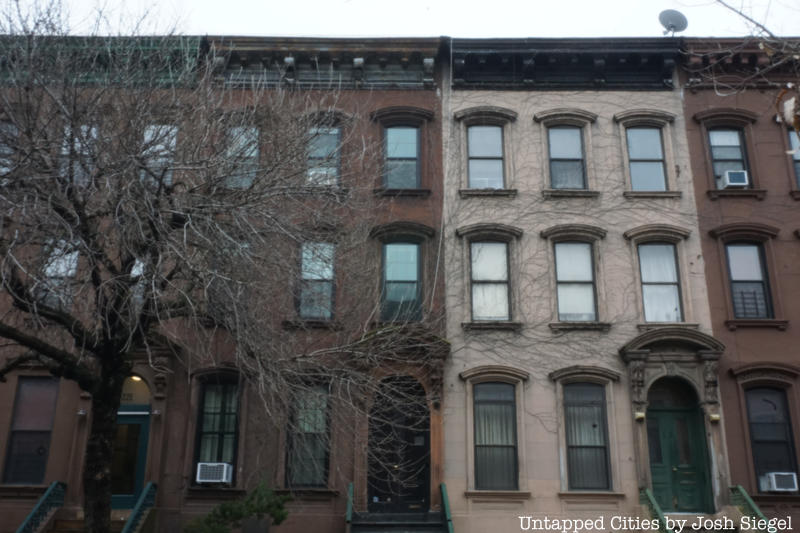8. The Langston Hughes House

Langston Hughes hung his hat in many homes throughout his life, but his heart resided in Harlem. From 1947 until his death in 1967, the “Poet-Laureate of Harlem” called 20 East 127th Street home. Though he was born in Joplin, Missouri and spent much of his life abroad or in other parts of the United States, Hughes and his writing became synonymous with Harlem and the proliferation of artistic work created by African Americans during the Harlem Renaissance. While his written words continued to be cherished by generations of new readers, the 1869 rowhouse where Hughes spent the last twenty years of his life remained largely untouched after his death. The Italianate style home designed by architect Alexander Wilson was added to the National Register of Historic Places and for years, nothing besides a plaque on the outside of the ivy covered building indicated the significance of the house in anyway.
In July 2016, children’s book author Renée Watson started a campaign to re-infuse Harlem with the artistic vibrancy and sense of community instilled by Hughes and his writing. Three months later, after crowdfunding $150,000, the I, Too Arts Collective, named after one of Hughes’ most famous poems, signed a lease for the historic brownstone. On Hughes’ birthday, February 1, 2017, the doors of his Harlem home were opened to the community. Three days a week, during community open hours, members of the public are welcome to peruse the parlor floor where items such as Hughes’ typewriter and piano are on display. All visitors are welcome free of charge. I, Too hosts a variety of programs such as a Creative Conversations series, poetry salons, and workshops and intensives for youth and adults of all writing levels. All of the I, too programs aim to inspire artists to create and network. They even host a monthly uptown social named Semple, after a chatty Harlem bar patron from Hughes’ writing.





